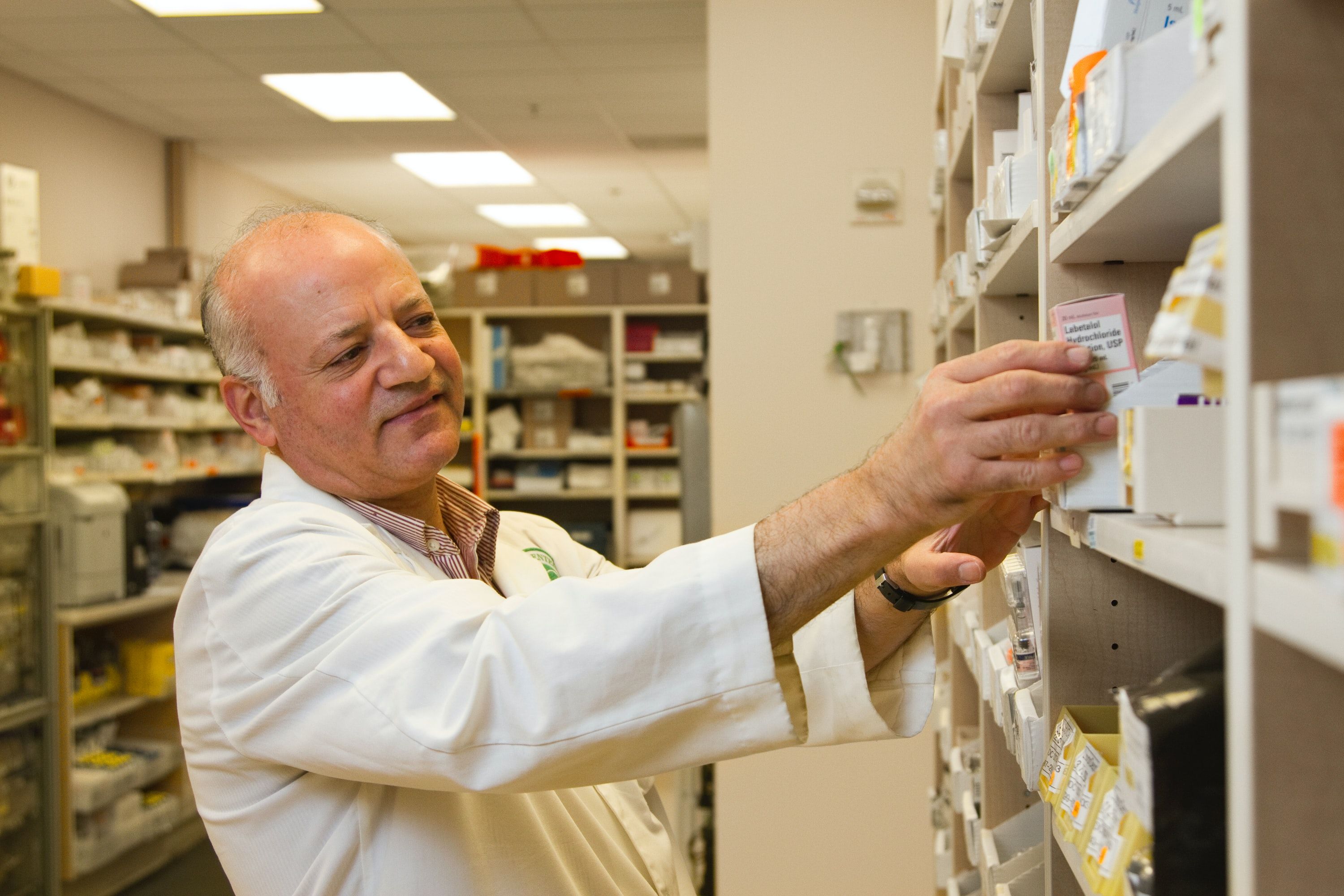PrEP Prescription Fills Declined in Early Part of COVID-19 Pandemic
PrEP prescription initiations and fills dropped during the early parts of the COVID-19 pandemic, according to investigators from the NY State Department of Health.

During the early parts of the COVID-19 pandemic, PrEP prescription initiations and fills appeared to drop in both New York City and New York State, according to a research letter published in JAMA Network Open.
Investigators from the New York State Department of Health created and used time-series models to estimate the association of the first 6 months of the pandemic with PrEP prescription trends, adding that PrEP is a “core pillar” in the state’s goal to end AIDS as an epidemic.
“PrEP use in New York State has increased consistently since the U.S. Food and Drug Administration approved it for HIV prevention in 2012,” the study authors wrote. “Continued increases in New York State in PrEP uptake among men who have sex with men are necessary for New York State to end its AIDS epidemic.”
The study authors wrote that there is limited evidence that early on in the pandemic—during which New York State was disproportionally affected—there was a negative association with PrEP access. However, the state has long been an HIV epicenter, according to the study authors who cited 2019 Centers for Disease Control and Prevention surveillance data.
To create the model, the study authors collected de-identified PrEP prescription fill data in the state between October 20, 2018 and September 27, 2020. Then, they converted the data into weekly prescription fills for the total population as well as new PrEP initiators. Separate models were created for total and new PrEP prescriptions. The study authors categorized the fill counts by region, sex, and race and ethnicity. Similarly, separate models were created for New York City vs. the rest of New York State, men vs. women, and Hispanic, non-Hispanic Black, non-Hispanic White, other, and unknown races and ethnicities. Data on race and ethnicity was especially important to include, the study authors noted, because of known gaps in PrEP uptake among Hispanic and non-Hispanic Black individuals, they wrote.
When comparing the model between periods of before and during the COVID-19 pandemic, the study authors used the prescription fill data from the final 6 months as the defining pandemic period.
The study authors observed sharp decreases in PrEP prescriptions corresponding to the beginning of the pandemic in 2020, they wrote. They found a decrease in total and new prescription fills and noted the decrease lasted for the entire 6-month early pandemic period.
The time-series models demonstrated for the study authors that mean weekly total PrEP prescription fills in New York State decreased by 14.8 percent, or roughly 23,000 fewer total PrEP prescriptions than projected, the investigators wrote. The largest increases were experienced by men (down 15.2 percent) and New York City residents (down 15.9 percent).
New PrEP prescription initiators reduced by about a third compared to total prescriptions during the early COVID-19 period, and that association was seen across all demographic groups, the study authors noted.
The study authors also mentioned as a limitation that the pandemic period of their data was only 6 months, and they also said that they do not know how HIV-specific risk behaviors may have changed among individuals who failed to initiate or fill their prescriptions.
“Ongoing data review is necessary to understand whether PrEP use trends have stabilized to a ‘new normal’ during the COVID-19 era,” the study authors concluded. “More research is needed to understand how longer-term decreased PrEP use will inform New York State policy efforts.”
